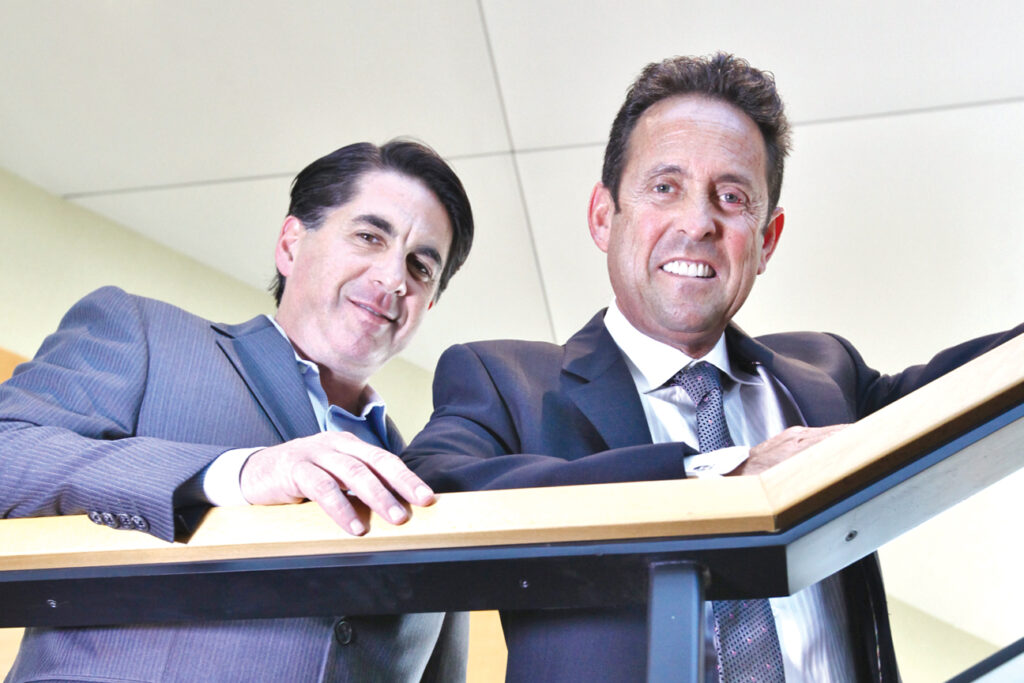
About Asset-Based Lenders
With traditional bank loans in short supply, businesspeople and other borrowers are increasingly putting up cars, fine art and other personal collateral to secure loans from alternate lenders.
Asset-based lenders like LQD in Jericho lend on collateral exclusively, instead of income documentation favored by most banks. Borrowers needn’t prove they’re profitable enough to repay the loan, only that they have something valuable enough to cover it.
The result: fewer questions asked and swifter loans.
“Even if you qualify, banks take months to lend money – we provide immediate financing,” said LQD President Gary Brustein, who frames his company as a line of credit for the self-employed and businesses of all kinds.
Right now, “business is unbelievable,” Brustein said, thanks primarily to “the banks’ toughness.”
“Despite urging from Washington to increase lending, credit guidelines remain very tight,” he said. “We fill that niche.”
As banks look for a reliable income stream to satisfy loan regulators, alternate lenders look for something more solid. Cadillacs, Corvettes, fine art collections, even rare bottles of Chateau Laffite Rothschild are among the collateral for loans covering personal cash crunches and business expenses.
Some accountants cite the relative simplicity and speed of asset-based loans, especially as traditional lenders and their regulators develop stricter underwriting standards, often including personal-income reviews and long-term business analyses.
“It’s easier,” said Paul Salerno, managing partner of PricewaterhouseCooper’s Melville office, adding that even profitable companies can appear poor on paper – and might therefore have trouble securing critical business loans.
Even the Small Business Association is making fewer – if larger – loans. The SBA has raised its lending limit from $2 million to $5 million, but the number of Long Island loans it made through July 31 of this year is down 10 percent from the number made through July 2012.
All told, SBA lending in greater New York – including New York City, Westchester and Long Island – is up 5 percent this year dollar-wise, to $624.5 million, but down 12 percent in volume.
One reason the agency is making fewer loans: The SBA is a “cash-flow lender,” according to John Mallano, an SBA lender-relations specialist for Long Island and NYC.
The SBA, like many banks, determines if a borrower qualifies by reviewing income, cash on hand, business performance and, sometimes, real estate holdings – but that last criteria is a potential can of worms, considering often-lengthy foreclosure protocols.
“It’s the character of the borrower and the cash flow of the business,” said Walter Oden, Long Island branch manager for the SBA. “Those are the primary criteria. We want to make sure that a loan can be paid off. We don’t want to collect an asset.”
But asset-based lenders can more easily take possession of material collateral when a loan comes to term, which is typically within four months, but sometimes extended.
Asset-based lenders are also more likely than banks to engage in small-scale loans. LQD, for instance, lends amounts as small as $1,000 – its ceiling is $1 million – with most loans in the $20,000 range.
A little more than 5 percent of loans default, Brustein said.
As far as interest rates, asset-based lenders can legally go as high as 4 percent a month in New York.
Not every asset-based loan fills a dire need. LQD Marketing Director Paul Greco referenced an art collector who put up seven paintings against a $350,000 loan to purchase more art, and the owner of a hair-removal business who put up his 30-foot boat to cover a $20,000 loan for business renovations.
“I’m able to complete the needs,” Greco said. “To fill the gap.”

Photo- ©Patrick McMullan
Personal borrowers often use asset-based lending to pay personal expenses, putting up cars to cover everything from tuition payments to medical procedures. “One gentleman needed an operation,” Brustein noted. “He pulled up and gave us a Hummer.”
Cars are a primary currency in the asset-based world. One construction company owner left a Corvette with LQD to cover payroll while he waited for a client’s payments; a car collector put up two vintage Ferraris, appraised collectively at over $1 million, to borrow $500,000 to purchase another rare car.
Even car dealers often turn to asset-based lenders, putting up existing stock to buy more inventory.
“They often pay off the loan when they sell off the car,” Salerno noted. “You can fluctuate the borrowing up and down.”
It all may sound like a high-end pawn shop, but it’s a totally different business, according to Brustein.
“The average pawn ticket is $170,” Brustein said. “People don’t feel comfortable pulling up to a pawn shop with a BMW.”
Original Article posted on Long Island Business News September 6, 2013

[Learn more about LQD here.]



0 Comments